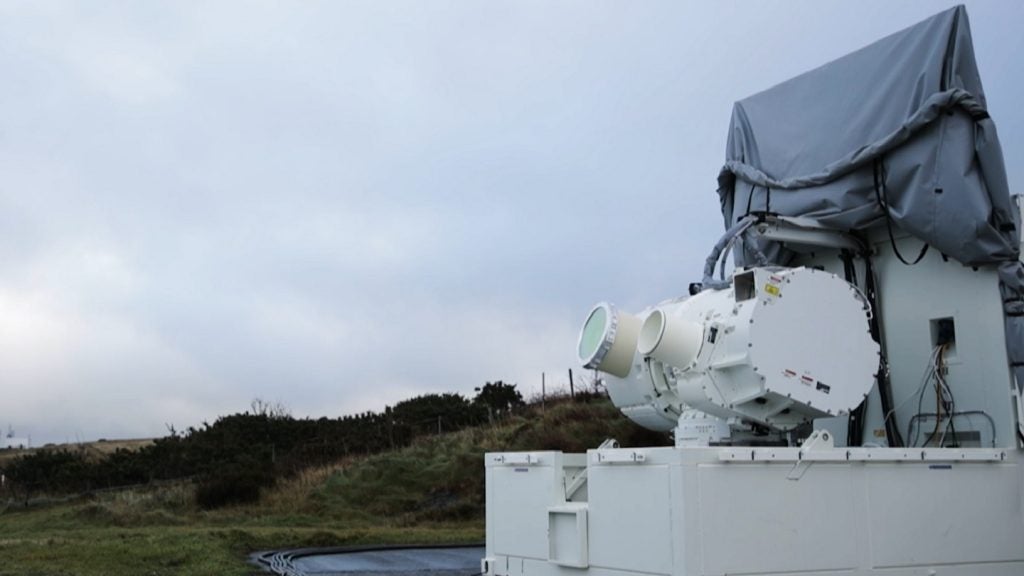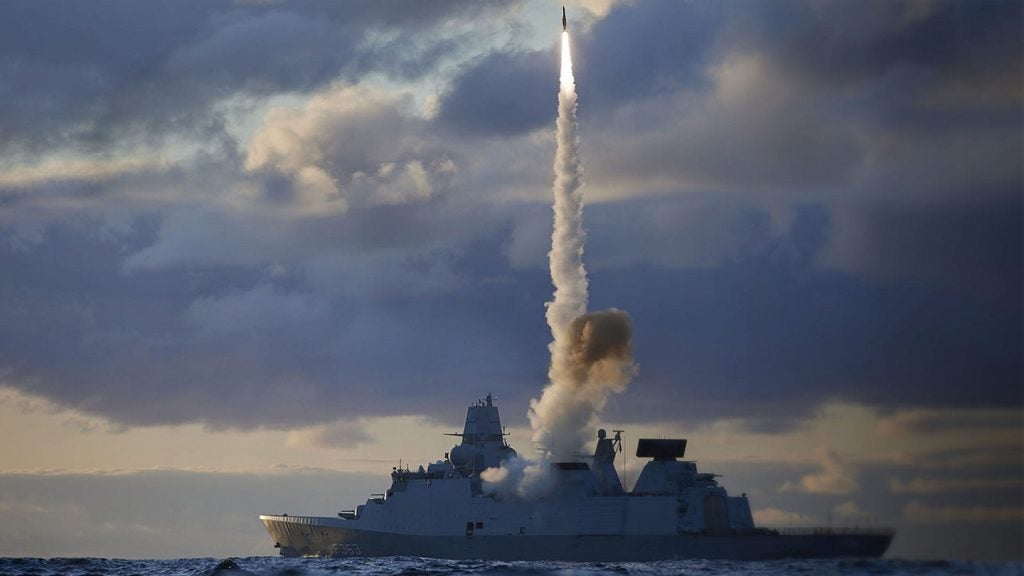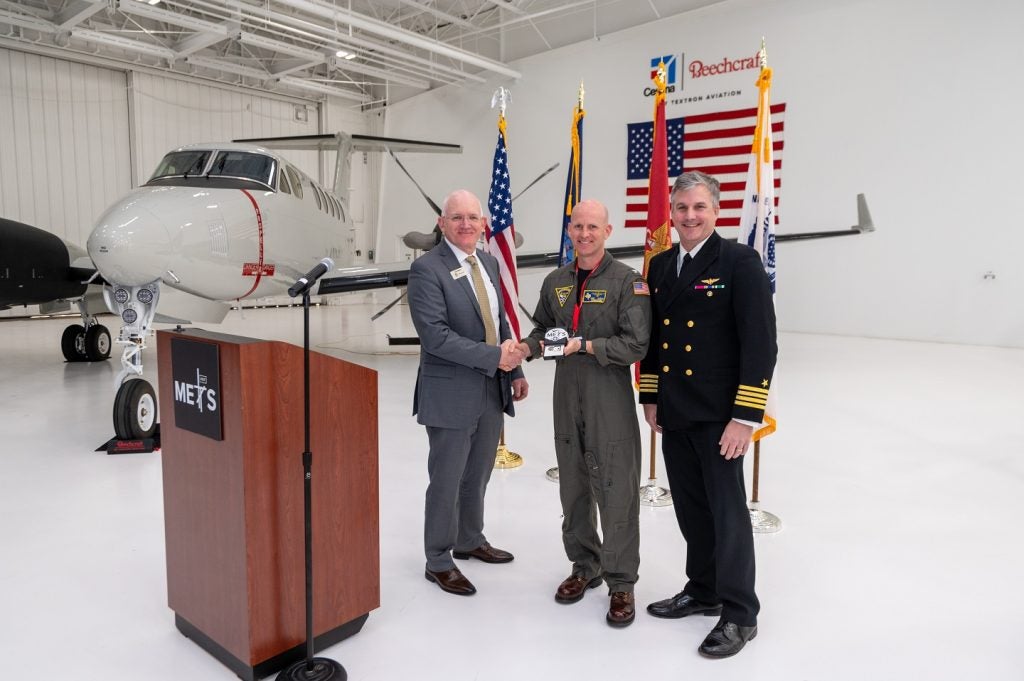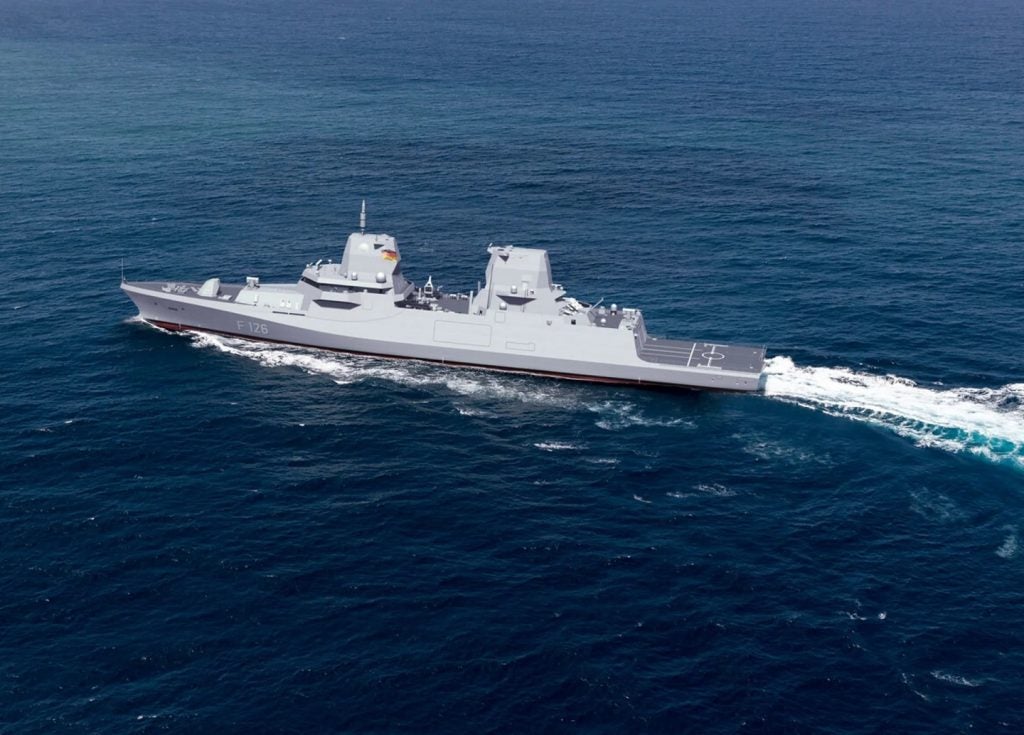
The US Navy’s Knifefish surface mine countermeasure unmanned undersea vehicle (UUV) programme has achieved a new milestone with the completion of a comprehensive risk reduction programme.
Conducted by General Dynamics‘ advanced information system (GD AIS), the risk reduction work is aimed to identify potential systems defect early on in the programme’s development phase.
During the configuration item test (CIT), the UUV’s key components including the hardware architecture and critical areas of hardware and software integration have been verified.
General Dynamics advanced information systems senior programme manager Tom Mason said the early discovery of defects would be critical for allowing the programme to meet schedule and cost requirements.
How well do you really know your competitors?
Access the most comprehensive Company Profiles on the market, powered by GlobalData. Save hours of research. Gain competitive edge.

Thank you!
Your download email will arrive shortly
Not ready to buy yet? Download a free sample
We are confident about the unique quality of our Company Profiles. However, we want you to make the most beneficial decision for your business, so we offer a free sample that you can download by submitting the below form
By GlobalData"Overcoming the unique size, weight and power challenges are keystones to the successful deployment of the navy’s Knifefish programme," Mason said.
See Also:
In addition, the trials involved subsystem testing of key payload components such as high-fidelity sonar and ultra-high-density data storage, key propulsion components including quieter, more powerful propulsion and key software interface elements.
General Dynamics advanced information systems president, Thomas Kirchmaier, said: "As an essential component of the navy’s surface-ship mine countermeasure mission packages, the Knifefish will help meet the constantly-evolving requirements of today’s fleet and greatly reduce risk to navy personnel and ships."
Scheduled to enter service in 2017, the system will form a critical part of the US Navy’s littoral combat ship (LCS) mine warfare mission package and offer enhanced mine-hunting capabilities for fleet mine warfare commander and sailors.
The GD ASI team for the Knifefish programme involves Bluefin Robotics, Ultra Electronic Ocean Systems, Oceaneering International, Metron, Applied Research Laboratory at Penn State University, 3 Phoenix, GD Information Technology and ASRC Research Technology Solutions.
Image: a US Navy’s Knifefish minesweeping vehicle model. Photo: courtesy of US Navy.








